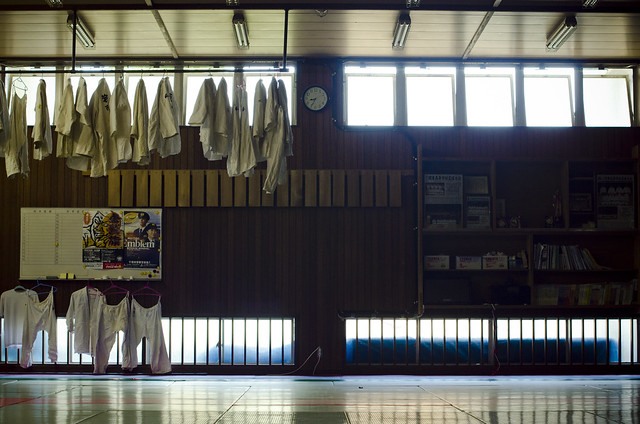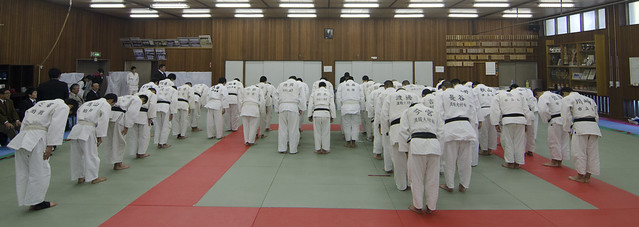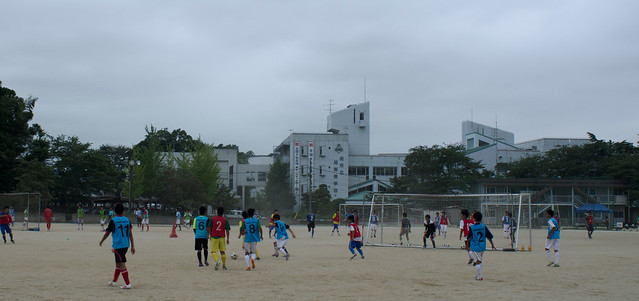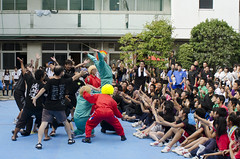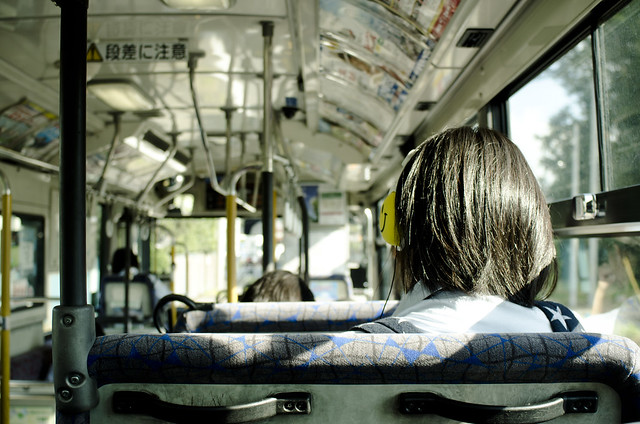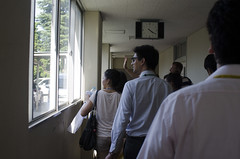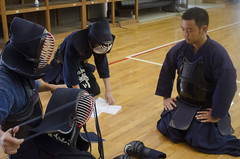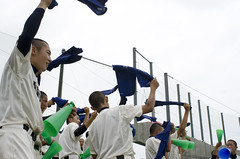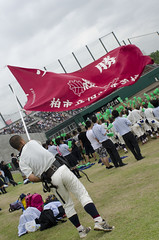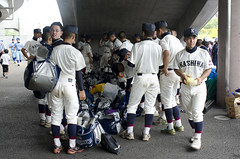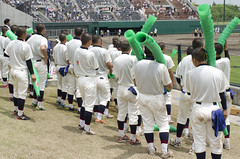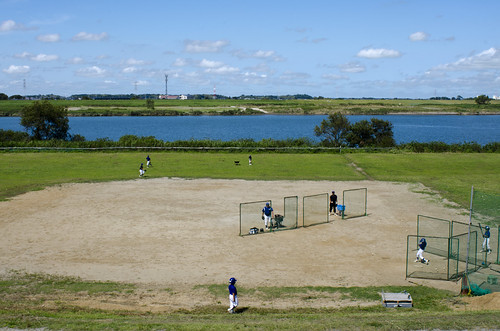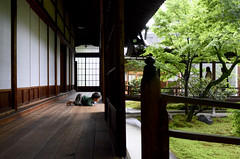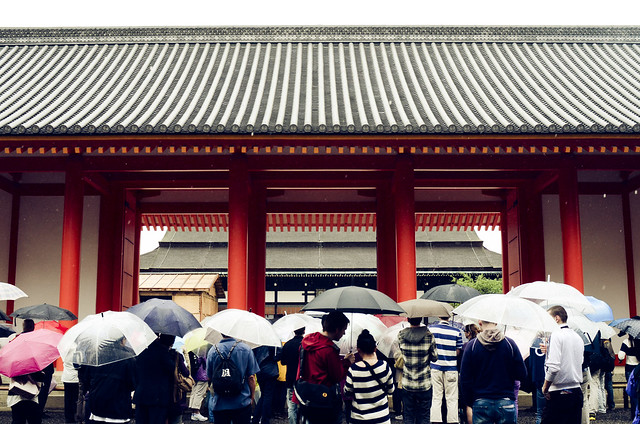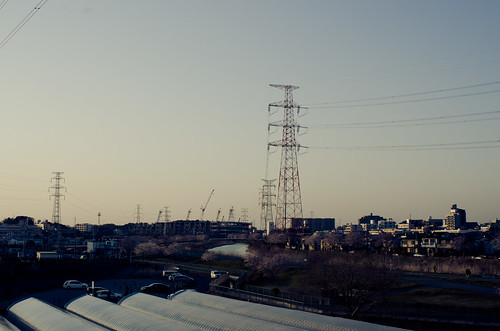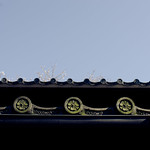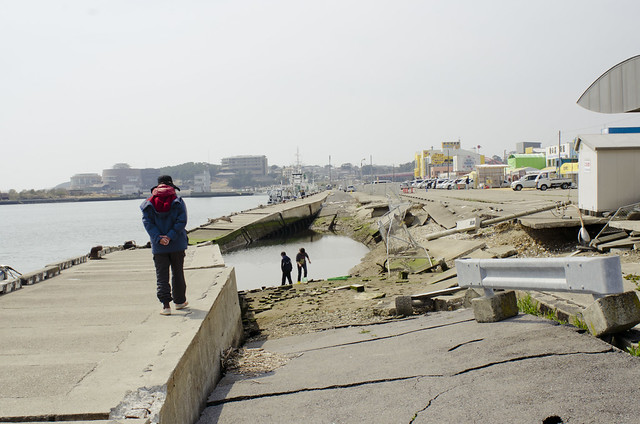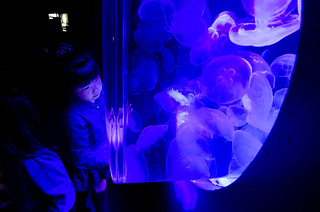First and foremost, I want to congratulate my beasties on all of the hard work they have done to get to this point of graduation and, for those of you with post-high-school-graduate plans of either immediate employment, military service or continuing education, the best of luck and an extra dose of がんばって.
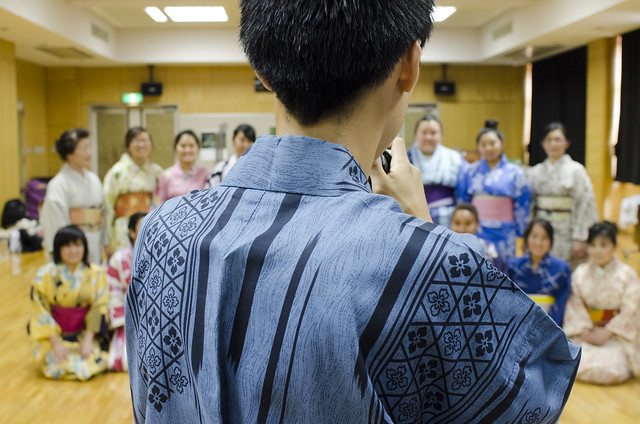
But, with high schools across America coming to a close, the internet has gone agog with articles regarding colleges and continuing education.
An interesting article came across my desk a few days ago from the
Daily Yomiuri, which noted, briefly, that the Ministry of Education is looking to advance a two-year graduation option for high schoolers who meet a minimum academic benchmark.
The idea is that early graduation makes it possible for students who qualify for university (especially those applying for international education facing a seven-month gap between the end of high school in February and the opening of universities in the fall) to forgo their last year [either partially, after the spring (first) trimester, or entirely] of high school in order to pursue a tertiary degree and still receive an equivalent high school diploma. The change in the law would allow students to take advantage of an early-graduation policy that has been in place since 1997.
Currently, students who take advantage of such early admissions are considered to have "dropped out" of high school.
As it stands, 三年生 are forced into club "retirement" at the end of their first semester and then given the entire final (winter) trimester off to prepare for college entrance exams
1 Entrance exams that are notoriously scheduled only twice a year and often in opposition of competing schools, forcing students to "choose" which schools they want to test for between similarly tiered universities.
1.
In
this recent article, Kouichi Nakai argues that the current system, while rooted in the post-war, reconstruction spirit, has outlived its purpose and no longer serves the betterment of the people and society, rather serves the ambiguous interests of "tradition." The system, rather than promoting education, is based on a failing relationship between higher education and Japanese Big Business.
Post war, he posits, saw Japan's second wave of westernization. Thanks in no small part to its forced inclusion into the global economic community, the country enjoyed a "rapid, dramatic [GDP] recovery" at an annual rate of 10% or more for nearly 20 years, clawing its way to the second highest GDP, behind only the USA by the early 80s. As it was economically, Japan was forced to "catch up" with Western educational policies, deciding to anchor its education on literacy and mathematics, using efficient, rote-based/input-output models of education.
As the forward-looking benefits of education in a post-war economy began to take hold, Kouichi notes that this saw a dramatic increase in rates of education throughout Japan: upwards of 98% of all students elected to attend high school, while 50% went on to pursue tertiary education, a number that would rise to 80% if it included technical and trade schools.
Especially as relationships between many of the top schools and sponsoring corporations began to tighten
2, companies began promising Salaryman positions to a certain percentage of graduates from partner institutions. Get into the right school and a job would literally be waiting for you when you graduate. "Stability" in the form of Salaryman jobs became the "white picket fence" in post-war Japan and education was the cobbled road.
The college entrance exam then became the first stepping stone.
Actually, college entrance exams became the only stone. There would be no application process. Just a truncated series of Uniform (national standardized)
3 In 1990, the Ministry of Education began proctoring a national standardized test in an attempt to help private universities move away from college-specific entrance testing requirements. The thinking was that by deemphasizing college-specific tests, schools would better be able to seek alternative forms of admission, thereby opening admissions to students returning from lengthy stays overseas, to students in areas that do not have easy access to the university's proctored exams, and to students who have been out of high school for more than two years.
3 and university-specific entrance exams.
Logically, since high school in Japan is non-compulsory and selective to begin with, this affected student enrollment, as students pursued enrollment to high schools often based on historical matriculation rates. The educational climate no longer judged a school on the quality of its instruction in the basics of math, science and letters, or its ability to produce thoughtful, mature leaders, but how well the school prepares students to pass (or circumvent) the university entrance examinations. Kouichi argues, this shift transformed high schools into little more than entrance-exam prep schools.
In the early years of this program, the public schools with the best reputation for acceptance into the top universities saw fierce competition, skewing attendance and the distribution of test scores (and, implicitly, wealth). This led to an attempt in the 60s and 70s of local boards of education to democratize access by smoothing out high school acceptance rates (which are, not ironically, based on high school entrance examinations) among the most competitive public high schools with quotas and regional restrictions, which in turn, sent many of the more affluent families scuttling towards private schools
4 Not unlike the current state of East Coast public education today.
4. This doesn't even raise the issue of
"feeder" high schools that guarantee admission to partner universities.
Throughout the 80s, it was determined--at the administrative level--that the "current system" was failing to produce educated individuals. "The phrase '7, 5, 3' emerged to describe the ratios of students who actually understood their classes," Kouichi notes: "70% of elementary school students, 50% of middle schoolers, and 30% of high schoolers."
These shortcomings have become all the more apparent. It's a striking example of how the needs of a third-party institution that controls a vast majority of the potential job market greatly influences unaffiliated institutions. But it also speaks to how damming up a stream can wash away an institution's philosophical underpinning
Takehiko Kariya argues, in the age of advanced globalization
5.
Takehiko goes on to conclude that Japanese universities have allowed outside interests to dictate educational policy decisions, which, in turn have washed away any semblance of an effective vision, threatening to condemn the concept of a four-year liberal-arts-based Japanese education to little more than a joke, internationally. What matters to Japanese universities is how accepted students parlay their university contacts into job offers, often times cajoling faculty into passing students through classes based solely on their prospective job offers.
I've always been a fan of the theory of a
liberal arts education, as a subscriber to the renaissance-humanist notion that a university should be about forming human beings, preparing them for life after academia, and not just mere technicians, number crunchers, or reporters. Acknowledging that liberal arts education isn't for everyone, I've also been an ardent supporter of technical and trade schools as valid alternatives (one of the few areas that the Japanese education system is vastly superior).
As someone who would like to think that my diploma signifies a level of competency and achievement of academic rigor, it's certainly disappointing to see institutions of higher learning make decisions that water down the value of something I worked so hard to obtain. And yet
6 Apart from the important issues of equity and accessibility.
6, the issue of the "value of a degree" is ultimately a matter cynicism.
However, it's hard not to be greatly bothered when the system is built in such a way that it lets your students down.

His name invokes the image of a roaring river: strong and powerful, yet fluid and smooth. As the captain of the basketball team his senior year, those remain apt. His name meant "quick water" and he was just as quick in the class as he was on the court, always reading, always trying, always pushing forward, always among the first of his class.
But the title that he most closely associates with himself, now, is that of "
浪人." Ronin: a class of masterless samurai, shamed either by the death or demotion of his feudal lord. The mark of a samurai who was unable to protect his master or his honor and now wanders Japan in inherited shame.
Literally meaning "wave man," the term came into usage during the Nara and Heian periods when it was applied to a feudal vassal who abandoned his master, invoking the image of one who has become socially adrift. It has come to be applied to both salarymen who have become separated from their corporations and high school graduates who have not been granted university enrollment.
For my student, and the thousands of students like him
7, the body of his high school efforts were wiped away, casually brushed aside and accounted for as nothing.
Rather than being accounted for as a person with potential skills to be tapped and developed, his worthiness was reduced to his ability to regurgitate information in a two hour block. For someone who had spent three years helping to build a community at Ichikashi, who helped lead the high school basketball team deep into the National Tournament, I remember feeling angry that the system had all but washed its hands of the kid. The system had nothing more to offer him until he passes the exam. Until he passes the entrance exam, he is condemned to
予備校-purgatory. At least until his will gives out.
Then again, it's never as dramatic as it seems. After all, this non-meritorious, exam-based system, he theoretically stands on equal footing with students taking the test for the first time this year. He'll just be put out a year. Of course, assuming that he can afford to put everything off for a year.

